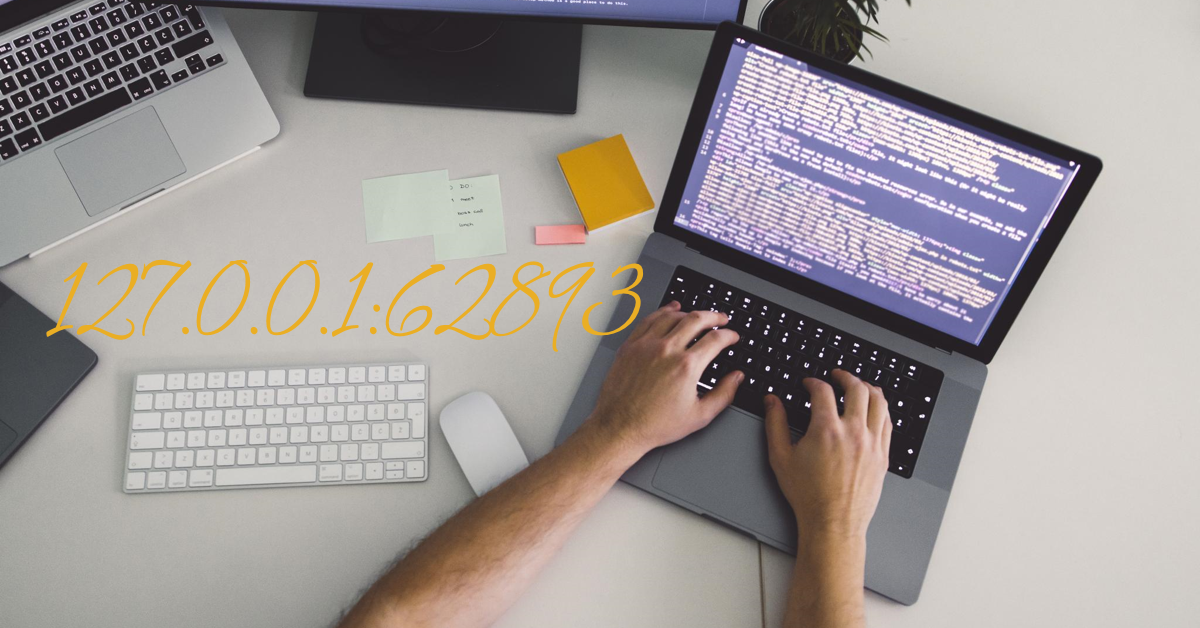
Discover the significance of 127.0.0.1:62893 in local development. Learn how to set up, test, and secure your local server using this IP
Introduction
Have you ever stumbled upon the term “127.0.0.1:62893” and wondered what it means? If you’re diving into the world of networking or web development, understanding this local address and port combination can be incredibly beneficial. Let’s break it down step by step and uncover its significance.
What is 127.0.0.1?
At its core, 127.0.0.1 is the loopback IP address, often referred to as “localhost.” This special address is used by your computer to communicate with itself. Think of it as sending a letter to your own mailbox. When you type “127.0.0.1” into your browser, you’re essentially telling your computer to look inward rather than reaching out to the internet.
Understanding Ports
In the realm of networking, ports are like doorways that data uses to enter and leave your system. Each port is associated with a specific process or service. They work alongside IP addresses to ensure data reaches the right application. Imagine an IP address as a street address, and ports as apartment numbers within that address.
Significance of Port 62893
So, what about port 62893? While not a standard port like 80 (HTTP) or 443 (HTTPS), port 62893 can be designated for specific applications or development environments. Developers often use such non-standard ports to test software locally without interference.
Setting Up a Local Server
Setting up a local server on 127.0.0.1 is a great way to test your applications before deploying them live. Here’s a basic guide:
- Install a Web Server: Tools like Apache, Nginx, or Node.js are popular choices.
- Configure Your Server: Set the server to listen on 127.0.0.1:62893. This usually involves editing a configuration file.
- Start Your Server: Run the server and ensure it’s listening on the correct IP and port.
Testing Your Local Server
Testing is crucial to ensure everything runs smoothly. Use tools like Postman or curl to send requests to your server. Check your server logs for any errors and make adjustments as needed.
Security Considerations
While local servers are generally safe from external attacks, it’s still wise to follow best practices:
- Keep Software Updated: Regular updates patch security vulnerabilities.
- Use Strong Passwords: For any accessible services.
- Firewall Rules: Ensure your firewall only allows necessary traffic.
Use Cases for 127.0.0.1:62893
- Development and Testing: Local servers are perfect for trying out new code without affecting live environments.
- Learning and Experimentation: New to server management? Experiment safely on your local machine.
Common Errors and Fixes
- Connection Issues: Ensure no other service is using port 62893.
- Port Conflicts: Check for conflicts using tools like
netstat.
Optimizing Local Server Performance
Performance matters, even locally:
- Monitor Resource Usage: Tools like htop can help.
- Optimize Code: Efficient code reduces server load.
Integrating with Other Services
Local servers can interact with other services, just like live servers. You can:
- Connect to Databases: Use MySQL or MongoDB for data storage.
- Use APIs: Integrate third-party APIs to extend functionality.
Advanced Configurations
For those wanting more control:
- Custom Server Settings: Tweak configurations for performance or security.
- Advanced Security Measures: Implement SSL/TLS even locally.
Practical Applications and Examples
Here are some real-world scenarios:
- Web Development: Test new websites or web applications.
- API Development: Build and test APIs before public release.
Conclusion
Understanding 127.0.0.1:62893 opens up a world of possibilities in local development. It’s a safe, versatile way to experiment and hone your skills without external risks. So go ahead, set up your local server, and start exploring!
FAQs
1. What is the purpose of 127.0.0.1? 127.0.0.1 is used to allow a computer to communicate with itself, commonly used for testing and development purposes.
2. Can I use other ports with 127.0.0.1? Yes, you can configure any available port for local development.
3. How do I secure my local server? Keep software updated, use strong passwords, and configure your firewall correctly.
4. What are common issues with local servers? Common issues include port conflicts and connection problems, usually due to misconfiguration.
5. How can I improve server performance? Monitor resource usage, optimize code, and tweak server settings for better performance.
Read More:







